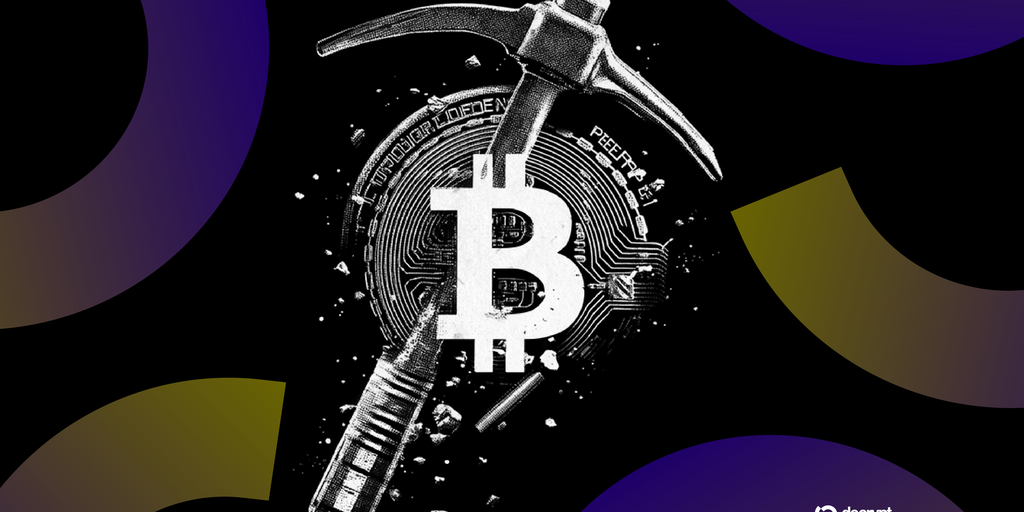
Bitcoin Network Reaches Unprecedented Mining Difficulty
As Bitcoin remains a dominant force in the world of cryptocurrencies, mining difficulty has soared to an all-time high, reaching a staggering 129 trillion. This marks a significant 6.4% increase over the last 90 days, presenting challenges and opportunities for miners and investors alike.
What Is Mining Difficulty and Why Does It Matter?
Bitcoin mining difficulty measures how hard it is to verify and add new transactions to the blockchain. Higher difficulty means miners need more computational power to solve complex mathematical problems, which translates into higher energy consumption and lower profitability. The increase to 129 trillion, as reported by CoinWarz, makes it harder than ever for miners to earn rewards.
Despite this growth, a slight relief may be on the horizon, as the system is set to adjust and lower by 0.33% on August 22. However, this minor adjustment is unlikely to significantly impact miners’ struggles, with revenues continuing to decline due to additional external factors.
Declining Miner Revenues Amid Growing Costs
Bitcoin miners are experiencing compressed profit margins due to a dip in hashprice—currently sitting at $60 per petahash per second. This decline reflects a challenging environment where increased mining difficulty outweighs the gains from Bitcoin’s price recovery. Moreover, for the first time ever, transaction fees account for less than 1% of block rewards, pushing miners to rely predominantly on the static block reward of 3.125 BTC per mined block.
For example, according to BlocksBridge Consulting, July saw transaction fees contributing only 0.985% toward total monthly rewards, further tightening miners’ pockets.
Tariffs and Geopolitical Pressures Add to Miners’ Challenges
The situation is compounded by newly implemented tariffs on mining equipment imported from key regions like China, Indonesia, Malaysia, and Thailand. Tariffs range from 21.6% to a hefty 57.6%, significantly raising the costs of importing essential hardware. Companies such as CleanSpark and Iris Energy have already felt the strain, with potential liabilities reaching $185 million and $100 million respectively, stemming from disputes over equipment imported in 2024.
The Takeaway for Crypto Enthusiasts
The rising mining difficulty and shifting financial landscape underscore the need for miners to adopt more efficient technologies and strategies to remain profitable. Advances in mining hardware, such as the Bitmain Antminer S19 Pro, offer a potential solution for those looking to optimize their operations. This high-performance ASIC miner is designed to maximize hash rate while minimizing energy consumption, making it an essential tool in today’s competitive market.
For investors, these trends signal the resilience of the Bitcoin network while highlighting potential investment risks in mining operations heavily reliant on low-cost hardware and energy.
Looking Ahead
With automatic difficulty adjustments every two weeks, Bitcoin’s decentralized nature ensures that its network remains secure and robust, even as challenges mount. Staying informed and adopting innovative technologies will be key for miners and investors navigating the evolving cryptocurrency landscape.



